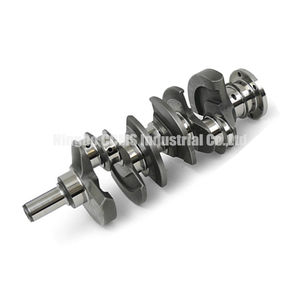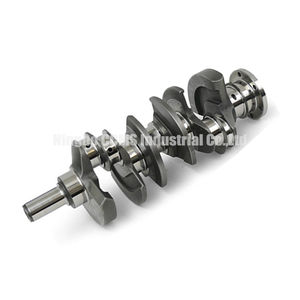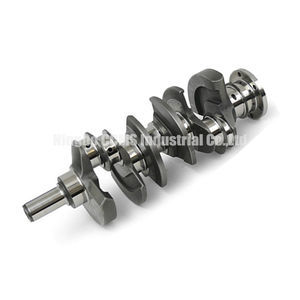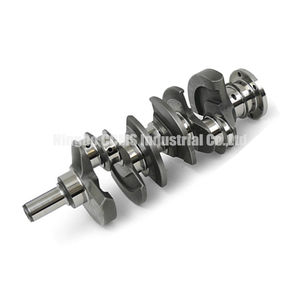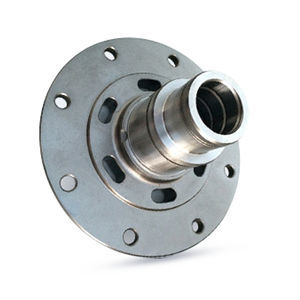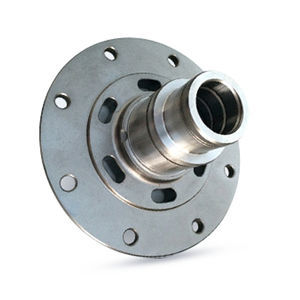
- Products
- Laser engraving
- Ningbo CCMS Industrial Co., Ltd.
Laser engraving steelindustrialISO 9001
Add to favorites
Compare this product
Characteristics
- Technique
- laser
- Treated material
- steel
- Applications
- industrial
- Certifications
- ISO 9001
Description
CCMS produces lost wax cast steel and alloy steel and ductile iron and various forged parts, all of which are tested for the chemical composition of the material, tensile, yield and elongation tests. Our products include hydraulic cylinders, truck brakes, engine parts, industrial equipment parts, transmission parts, CNC machine parts and so on. Such as hydraulic joints, connecting rod structure, piston, oil valve, gate valve, gearbox, reducer, auger and so on.
We have 22 CNC lathes, 7 vertical machining centers, 2 Korean imported machining centers, one Okuma machine tool and some ordinary grinder lathes. Testing equipment has a fully automatic coordinate measuring machine, Japan Mitotoyo roundness instrument, a height measuring instrument, an image instrument, a projector, a digital tool.
Selection:
In the selection of products our sales team will help you find the most suitable products and corresponding solutions according to your needs.
Drawing Requirements:
We accept 2D, 3D drawings, and step files. We will produce according to your drawing requirements.
OEM&ODM Services:
We support the drawing processing and sample processing, providing high precision and high quality customized products is our survival.
Our Advantages: -
1.) 24 hours online service & quickly quote and delivery.
2.) 100% quality inspection (with Quality Inspection Report) before delivery. All our products are manufactured under ISO 9001:2015.
3.) A strong, professional and reliable technical team with 16+ years of manufacturing experience.
4.) We have stable supply chain partners, including raw material suppliers, bearing suppliers, forging plants, surface treatment plants, etc.
Catalogs
No catalogs are available for this product.
See all of Ningbo CCMS Industrial Co., Ltd.‘s catalogsOther Ningbo CCMS Industrial Co., Ltd. products
Transmission Parts
*Prices are pre-tax. They exclude delivery charges and customs duties and do not include additional charges for installation or activation options. Prices are indicative only and may vary by country, with changes to the cost of raw materials and exchange rates.




